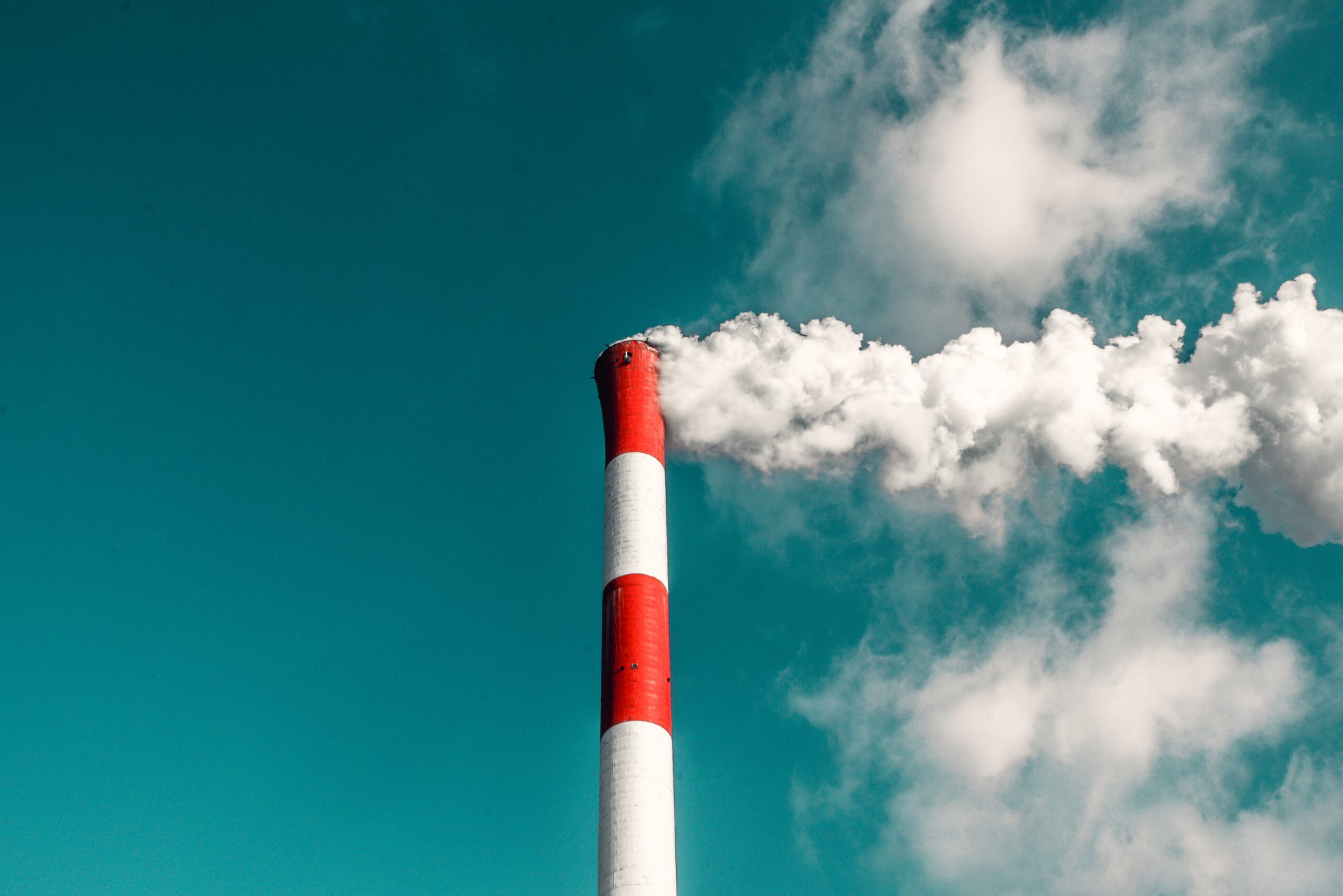More and more companies are claiming “climate neutrality”. But what does this and the popolar synonym “net zero” mean? Can corporate activities really be climate-neutral or is the offsetting of CO2 emissions guilty of greenwashing?

Many companies are talking about it – and are promising even more. The Dutch oil company Shell wants to become climate-neutral or even “climate-positive” by 2050 – or even earlier. The automotive group Volkswagen wants to become “CO2-neutral […] in balance sheet terms by 2050”. And the discounter ALDI Süd sees itself as “the first food retailer in Germany to act in a climate-neutral manner.”
But what exactly lies behind the lofty promises of climate neutrality?
Net Zero: the Concept Behind the Constructed Zero
Whether “climate neutral,” “net zero” or “carbon neutral” – all these terms mean the same thing. The aim is to drive climate-damaging greenhouse gases in the atmosphere to zero as far as possible by recapturing them. The Intergovernmental Panel on Climate Change (IPCC) defines “net zero emissions” as follows: “Net zero carbon dioxide (CO2) emissions are achieved when anthropogenic CO2 emissions are balanced globally by anthropogenic CO2 removals over a specified period.” The “anthropogenic removals” take place, for example, through reforestation or still very expensive carbon capture projects – or by compensating already existing emissions.
However, the definition of “climate neutral” includes all greenhouse gases that accelerate climate change: Carbon dioxide (CO2), methane (CH4), nitrous oxide (N2O) as well as so-called “fluorinated greenhouse gases” (F-gases). According to the German Federal Environment Agency, CO2 released in 2020 (87.1%) was responsible for the majority of greenhouse gases in Germany. Many companies therefore focus only on their own CO2 emissions and measures to reduce – or “offset” them.
Companies that want to become “net positive” claim to go even further. They state that they offset more emissions than they emit themselves. This “positive CO2 balance” suggests particularly climate-friendly behavior – but are all the projects that are used to offset CO2 emissions really as sustainable as advertised?
The controversial CO2 compensation certificates
Because reducing CO2 emissions involves considerable effort for many companies, the most popular way for a company to achieve “net zero” is through CO2 offsetting. The logic behind offsetting is that those who emit shall pay for it – so that the money can be used to capture CO2 elsewhere. In German-speaking countries, well-known providers offering such CO2 projects include Atmosfair, MyClimate and ClimatePartner; ALDI Süd, for example, cooperates with the latter.
All of these offset providers invest in projects – mainly in countries in Southeast Asia, Africa or Latin America – that are intended to promote climate protection, the capturing of CO2 already emitted or the avoidance of future emissions. The projects are of very different types: the best-known are reforestation projects worldwide. Other projects promote, for example, the expansion of renewable energies in developing countries with a focus on solar energy or hydropower.
How climate-friendly are the projects really?

But carbon offset projects are often controversial – there are many projects that look good on paper, but effectively yield much less than advertised. Every company that decides to use CO2 offsetting should therefore pay attention to the standards of the projects. The most important is the so-called “Gold Standard CER“. According to the German Federal Environment Agency, only projects that “demonstrably lead to a reduction in greenhouse gases and at the same time are good for the local environment and social concerns of the population” are being certified. Good to know: popular reforestation projects do not count. Although trees remove a lot of CO2 from the atmosphere while they are growing, they also have to be cared for over their entire lifespan. A tree that dies again after a few years releases the previously compensated CO2 back into the atmosphere. Therefore, recently numerous projects and the organizations behind them have been criticized, such as the “Plant for the Planet” foundation. In addition, the calculation of emitted CO2 compared to actually saved CO2 remains difficult.
However, the overriding criticism of CO2 offsetting is of a fundamental nature: even with demonstrably worthwhile CO2 offsetting projects, companies are in principle simply buying themselves out – which critics see as a modern form of indulgence trading. The reasoning: companies that simply compensate at a low cost have only a reduced incentive to reduce their own actual emissions – and despite their own emissions, which in some cases continue to be considerable, they offensively advertise themselves as “climate neutral”. From that claim it’s just a step away from accusations of greenwashing – which is why this year the German environmental activist organization “Deutsche Umwelthilfe” threatened legal action against several companies that advertise climate neutrality.
And there is an additional problem with focusing solely on CO2 offsetting: other greenhouse gases, such as methane or nitrous oxide, are left out.
Sustainable alternatives to CO2 compensation
The general usefulness and sustainability of CO2 offsetting is also repeatedly criticized. In the opinion of many, CO2 compensation is an excuse for not changing one’s own climate-damaging behavior, especially in the case of companies. So the best option for climate protection is and remains the fundamental avoidance or reduction of emissions.
For this reason, it is all the more important to regularly review the company’s carbon footprint in order to identify potential for improvement. Improvements could already be implemented through small steps, such as adequate waste separation in the office or offering regional dishes in the cafeteria. Other quick and sensible measures include switching the company fleet to purely electric vehicles, promoting local public transport or bicycles, and switching to 100% renewable energy sources. CO2 offsetting should therefore not be the first step for companies, but the icing on the cake once they have exhausted all realistic options for avoiding and reducing greenhouse gases.
What is the best option for your company? CO2 reduction or compensation? Contact us for a free consultation.




